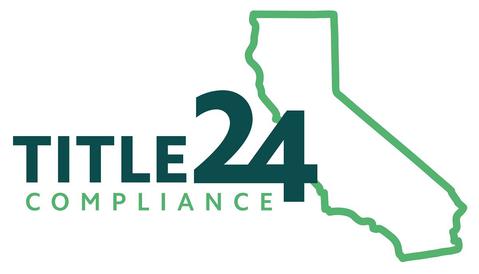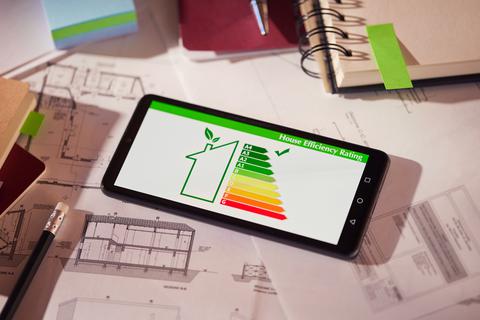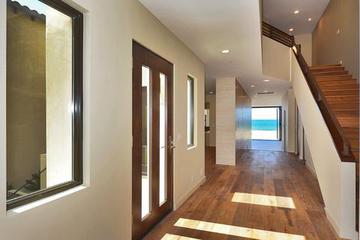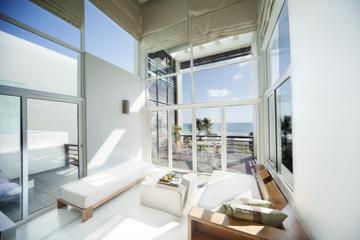U-Factor
The U-Factor measures the rate of non-solar heat flow transmission through a window or door. NFRC U-Factor ratings encompass the overall performance of the window, taking into account frame and spacer materials. A lower U-Factor indicates higher energy efficiency for the window or door. The current U-Factor requirement for fenestration is a maximum of .30.
|
Solar Heat Gain Coefficient
The Solar Heat Gain Coefficient (SHGC) represents the proportion of solar radiation that enters a home through a window or door, whether it's directly transmitted or absorbed and later released as heat indoors. A lower SHGC indicates reduced transmission of solar heat and enhanced shading capability. A product with a high SHGC rating is adept at capturing solar heat during winter, while one with a low SHGC rating excels at minimizing cooling loads in summer by preventing heat gain from the sun. In warmer regions like California, opting for windows or doors with lower SHGC values can significantly reduce air conditioning expenses. The current recommended SHGC rating for fenestration in most climate zones is a maximum of 0.23.
|
Visible Transmittance
Visible Transmittance (VT) is a key identifier provided by the NFRC for doors and windows. It quantifies the amount of light passing through the glass of a window or door product. While VT doesn't directly impact heating and cooling efficiency, it plays a crucial role in various desirable features such as natural light, views, privacy, controlled glare, and minimizing interior fading from sunlight. Therefore, VT is a significant consideration when selecting energy-efficient fenestration products. A higher VT value indicates greater transmission of visible light. VT is typically expressed in fenestration as a numerical value ranging from 0 to 1.
|
Condensation
Condensation Resistance (CR) assesses how effectively the interior resists condensation. When humid indoor air meets a cold surface like a window or door, it can lead to condensation in the form of water vapor, especially common in poorly insulated metal window and door products. Today, advancements like high-quality thermal breaks help minimize heat transfer through the frame, enhancing insulation and condensation resistance. Factors contributing to condensation resistance also encompass a well-designed frame with favorable U-factor values, as well as the integration of highly insulating glazing materials such as multiple glass panes, low-emissivity coatings, and specialized gas fills. The current recommended CR rating for fenestration is a minimum of 50.
|










